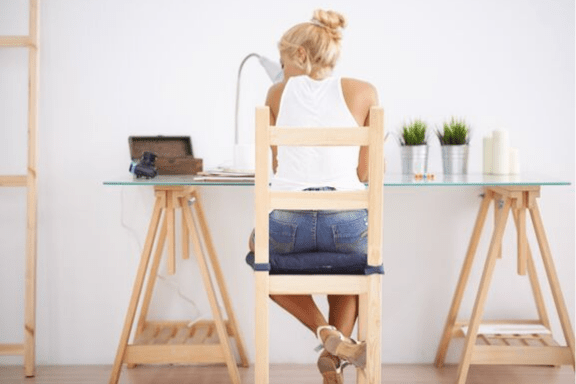
Written by FGHG Osteopath, Dr. Nicole Cukierman
Many of us spend hours a day sitting either at our desk, driving to and from work, or on the couch after a long day. This time usually increases over the winter months when we tend to hibernate to stay warm and spend less time outdoors. When in a seated position our buttocks muscles are inactive and overtime this can lead them to become weak and dormant.
Why does this matter you may ask? Well, our gluteal muscles are the biggest and one of the most important muscles in the body. They are necessary for pelvic stability and propulsion, standing, walking and running, supporting your core, strength when lifting and provide protection of our back, hips, knees and ankles. Gluteal dysfunction can present as tightness in the buttocks or hips, this can be sudden or gradual onset, you may have stiffness after rest and can experience weakness.
The gluteal muscles are made up of a group of three muscles; gluteus maximus, medius and minimus. Weakness or inactivity can cause malalignment of the pelvis and thigh bone. When this occurs our biomechanics change which may pose strain on various joints, for example a weak gluteus medius results in our hips rolling inwards placing excess strain on our knees and ankles. This can lead to a range of complaints such as tendonitis, bursitis and patella-femoral tracking syndrome. Furthermore; pelvic dysfunction or instability from poor gluteal function results in compensation by other muscles and vulnerability to our core, predisposing lower back pain.
Below are some simple, yet effective gluteal exercise you can perform to ensure your gluteal muscles are working at optimal function. Perform 3 sets of 10 repetitions for supine bridges and complete clam shell & donkey kick exercises on each side. Repeat crab walks twice, 10 times each direction.

Nicole enjoys treating a wide variety of patients and has a particular interest working with babies, children and women during pregnancy. Her knowledge in paediatrics and antenatal care has been enhanced through extra courses in the osteopathic treatment and management of children and women during pregnancy. She is also proficient in dry needling and myofascial cupping with experience managing acute and repetitive strain injuries though her work as a sports trainer.